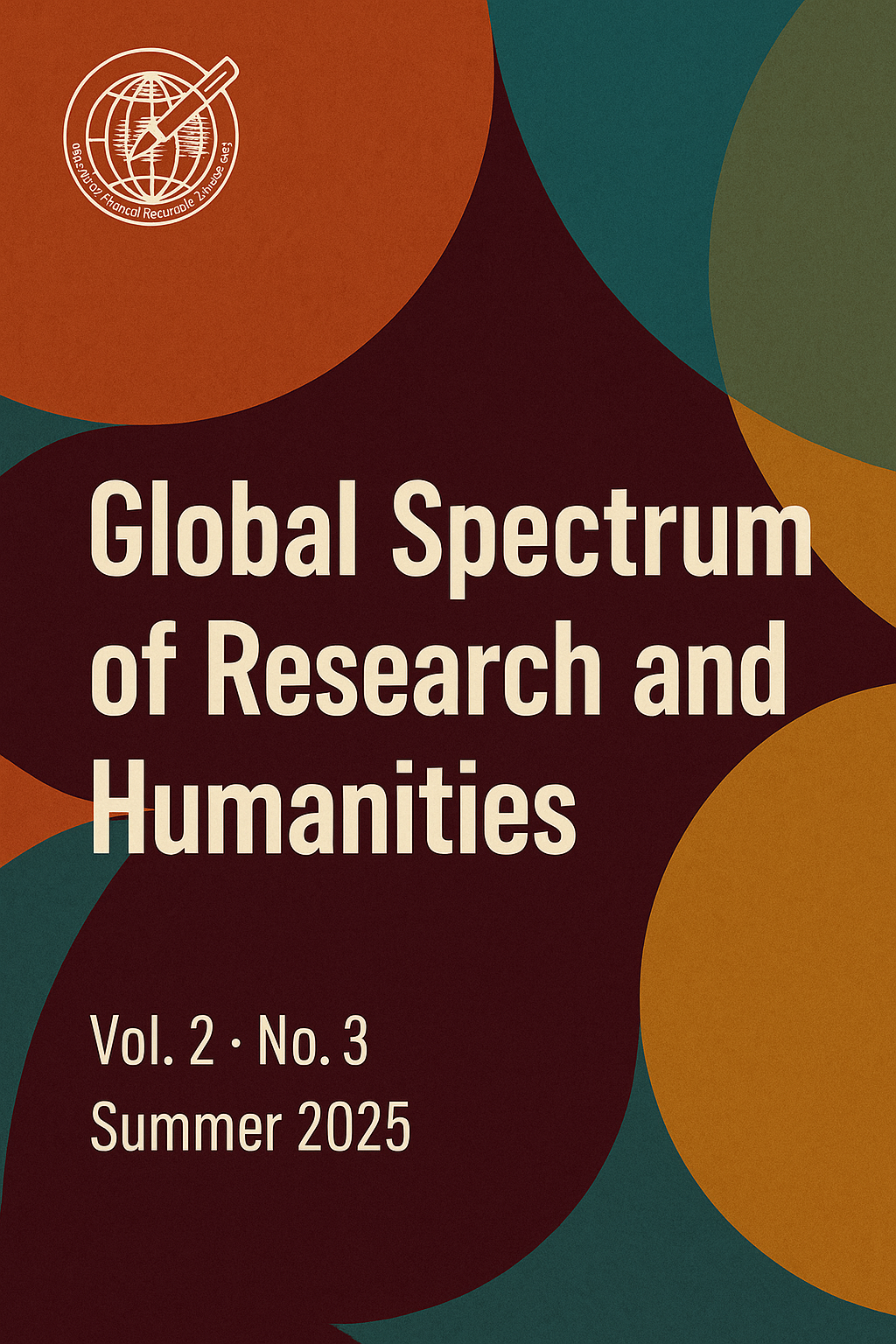The Economic Power of Culture: How Arts and Heritage Drive Employment
DOI:
https://doi.org/10.69760/gsrh.0203025010Keywords:
cultural economy, creative industries, employment, cultural policy, heritage sectorAbstract
This article explores the economic potential of cultural fields—particularly arts and heritage—as engines of employment in both developed and developing economies. It begins by conceptualizing the cultural economy through internationally recognized definitions and then analyzes the mechanisms of job creation across direct, indirect, and induced categories. Drawing on global examples from the United Kingdom, South Korea, and France, alongside an optional case on Azerbaijan, the study illustrates how various countries harness their cultural sectors for employment and development. The article identifies significant challenges, including the precarious nature of cultural work, lack of formal labor protections, digital disruption, and data limitations. It argues that effective cultural employment policy requires robust governmental support, integration into broader economic strategies, education-based entrepreneurship, and comprehensive statistical tracking. Through a multidisciplinary approach, the paper concludes that cultural industries are not peripheral to the economy but central to achieving inclusive and sustainable growth.
References
Alacovska, A., Fieseler, C., & Renza Avellaneda, V. (2025). Speculative labour: The financialized imagination of creative work and the assetization of digital art through non-fungible tokens (NFTs). New Media & Society, 14614448251317693.
Arnold, S., & O’Brien, A. (2025). Employment motivations and values in the creative industries: Reorienting from creativity to well-being among-Generation Zs in Ireland. European Journal of Cultural Studies, 13675494251317067.
Babayev, J. (2022). Characteristics of online learning. POLISH JOURNAL OF SCIENCE Учредители: Громадська Організація" Фундація Економічних Ініціатив"= Общественная Организация" Фундация Экономических Инициатив",(50), 67-68.
Babayev, J. DIFFERENT VIEWS ABOUT PERSON-ORIENTED EDUCATION AND CITIZEN UPBRINGING. EXPERIMENTAL PHYSICS, 84.
Babayev, J. (2022). Online versus offline learning. ZNANSTVENA MISEL Учредители: Global Science Center LP,(66), 24-25.
Borrup, T. (2006). The creative community builder's handbook: How to transform communities using local assets, arts, and culture. Turner Publishing Company.
Bowitz, E., & Ibenholt, K. (2009). Economic impacts of cultural heritage–Research and perspectives. Journal of cultural heritage, 10(1), 1-8.
Brandellero, A., & Naclerio, E. (2025). Regenerating urban cultural policy: insights on the role of crafts and small-scale production in three European cities’ visions. International Journal of Cultural Policy, 31(4), 467-481.
Ellmeier, A. (2003). Cultural entrepreneurialism: On the changing relationship between the arts, culture and employment1. The international journal of cultural policy, 9(1), 3-16.
Figueira, C., & Fullman, A. R. (2025). Regenerative cultural policy: sustainable development, cultural relations, and social learning. International Journal of Cultural Policy, 31(4), 451-466.
Gulkhara, A., & Farzaliyeva, E. (2025). Theatre as a Reflection of Social Change: How Dramatic Arts Capture Cultural Shifts and Historical Transformations. Acta Globalis Humanitatis et Linguarum, 2(1), 254-261.
Javid Babayev. (2023). Digitalization in education after the pandemic. PROCEEDINGS OF THE INTERNATIONAL CONFERENCE “MULTILINGUALISM, INTERNATIONALIZATION, DIGITALIZATION AS FACTORS OF INNOVATIONS IN TEACHER EDUCATION, 102-103.
León-Pozo, A., Cota-Cota, C., Mellink-Méndez, S. K., & Peris-Ortiz, M. (2025). Characterization of Cultural and Creative Industries: The Case of Tijuana-Ensenada, BC. In SHS Web of Conferences (Vol. 211, p. 05002). EDP Sciences.
Leriche, F., & Daviet, S. (2010). Cultural economy: an opportunity to boost employment and regional development?. Regional Studies, 44(7), 807-811.
Mazlan, C. A. N., Abdullah, M. H., Nor Hashim, N. S., & Abdul Wahid, N. (2025). Music in cultural tourism: insights from a dual approach of scoping review and bibliometric analysis. Humanities and Social Sciences Communications, 12(1), 1-17.
Mensah, J. D. (2025). Rethinking the contribution of creative economies in Africa to sustainable development. An empirical research of creative intermediaries in Accra’s contemporary art sector. International Journal of Cultural Policy, 31(4), 551-568.
Sabir, B. J. (2023). The values as a content in person-oriented education. International Journal of Philosophical Studies and Social Sciences, 3(5), 130-135.
SADIGOVA, S. N. (2021). Artistic features of patterns on nakhchivan carpets. In European Scientific Conference (pp. 169-172).
SADIGOVA, S. N., & BAYRAMOV, M. A. (2022). BRIGHT COLORS OF THE AZERBAIJANI ARTIST AGA MEHDIYEV. In WORLD SCIENCE: PROBLEMS AND INNOVATIONS (pp. 134-136).
Sadikhova, S. (2024). Contrasting Splendor: A Comparative Study of Baroque and Classical Styles in Visual Arts. Acta Globalis Humanitatis et Linguarum, 1(2), 144-154.
SADIKHOVA, S. N. (2022). WORKS PERFORMED BY ARTIST HUSEYN ALIYEV IN THE GENRE OF REALISTIC LANDSCAPES. In EUROPEAN RESEARCH (pp. 208-210).
Sadikhova, S. (2023). MANNERISM IN ITALIAN ART IN XVI-XVII CENTURIES. Norwegian Journal of development of the International Science No, 120, 15.
Stewart, A. A. 2005 CONVENTION, CULTURAL DIVERSITY AND THE 2030 AGENDA FOR SUSTAINABLE DEVELOPMENT: A CRITICAL ANALYSIS OF CREATIVE INDUSTRIES AND PRACTICES. In Cultural Odyssey: 20 Years of Implementation of UNESCO's 2005 Convention in Nigeria (p. 107).
Downloads
Published
Issue
Section
License
Copyright (c) 2025 Global Spectrum of Research and Humanities

This work is licensed under a Creative Commons Attribution-NonCommercial-NoDerivatives 4.0 International License.




